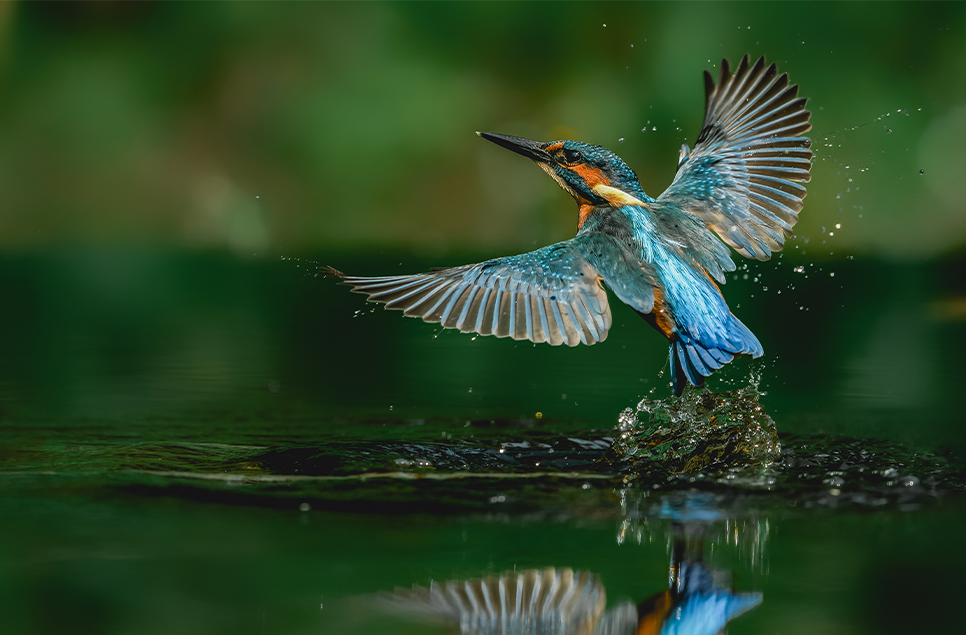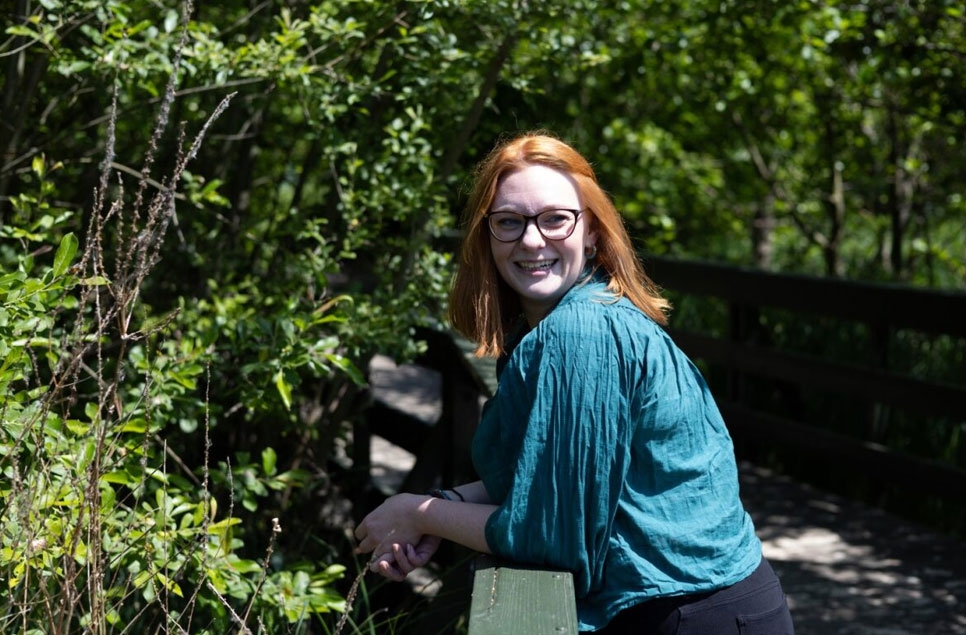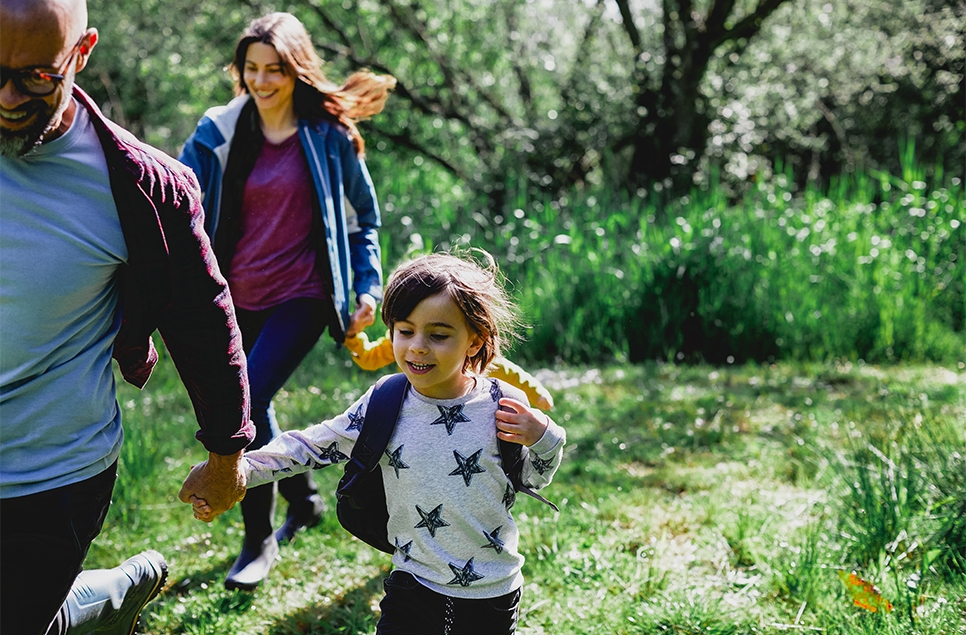Summer photography tips: how to make the most of the sunshine
With all this daylight and warm weather, summer is a great time to be outside taking photos. To help you make the most of your summer photo sessions, we asked WWT staff and photographers for their top tips.
Summertime: the evenings are long, the plant life is lush and our wetlands are full of fledgling chicks and lazy pollinators feasting on nectar. With all this daylight and warm weather, it’s a great time to be outside taking photos.
To help you make the most of your summer photo sessions, we asked WWT staff and photographers for their top tips.
Beware the glare
You might think a bright blue sky and strong sun would make it easy to take photos of wildlife, but it comes with its own set of challenges. And many photographers will have struggled with the merciless effects of the midday sun. Harley Todd, WWT Media Assistant, says:
“The sun is harsh in the middle of the day, and it’s hard to achieve a soft image because of the over-exposure. The shadows cast harsh lines when it’s coming down from above. Pale surfaces especially go very glarey! Not very helpful when you're trying to take photos of swans.
It’s usually easier to add light in from an underexposed picture than add detail to overexposure. If the detail isn’t there, there’s relatively little you can do in editing. So if in doubt, go slightly more underexposed than you might think you need.”
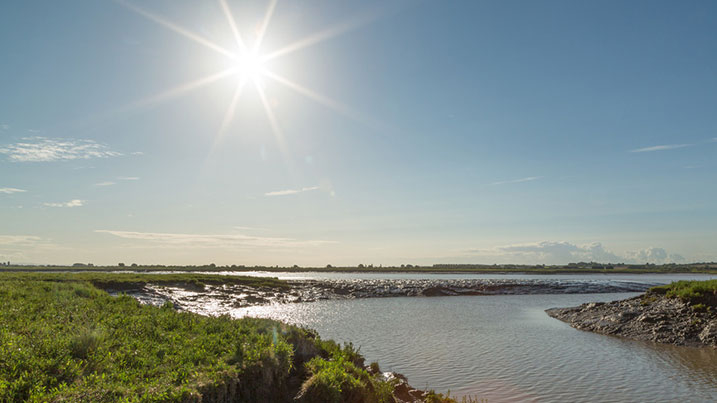
Play with the light
The light can also be your friend - and you can experiment in interesting ways with the effects. Look at getting in front of the light but with some leaves in the way, so that the sunlight creates a ‘halo’ effect.
Sam Stafford, WWT Content Creator, says: “Sunlight causes silhouettes and shadows – but never point your lens at direct sunlight, as this can cause damage to your eyes and your sensor. You can try finding creative ways to use light. It could be filtering through the underside of leaves, backlit ducks on water, or looking up at birds of prey using thermals searching for their next prey item.”
Find the water
Water really comes into its own in the summer sunshine. Look for reflections on the surface of the water and the light coming through splashes, foam and bubbles made by waterbirds. For splash photos, you will need a lot of light and to set the shutterspeed very high - at least 1/4000.
You could even try your hand at underwater photography if you have the right camera housing. Arron Roberts, WWT Slimbridge Grounds Warden, has an easy trick: "Try using a GoPro or similar for underwater photos. I attach mine to a selfie stick and away you go!"
You don’t even need to be near a lake or river. Sam says: “British summers aren’t always hot. After a classic bit of rain try and find some still puddles and get some reflections on the go.”
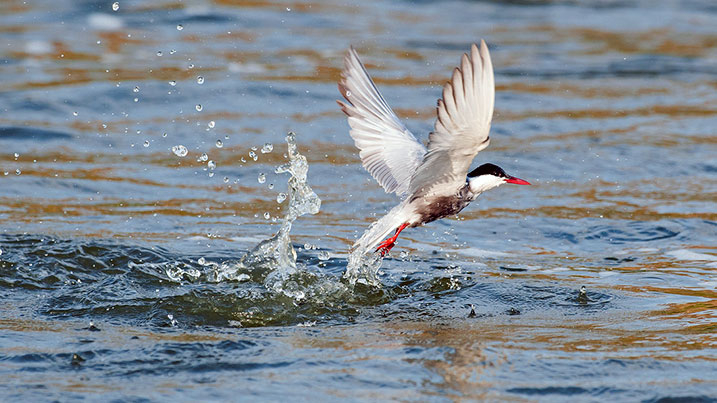
Fruit and foliage
Late summer sees berries coming into season, and lots of wildflowers add a splash of colour amid the green. There are plenty of opportunities for macro photography and creating nature still lifes using found objects (just make sure that when you’re collecting natural artefacts, you’re not damaging the ecosystem by removing them).
The wildlife is also full of colour. Sam says: “Dragonflies and butterflies are everywhere! Keep an eye out for wetland pools and flowering plants to find these critters.”
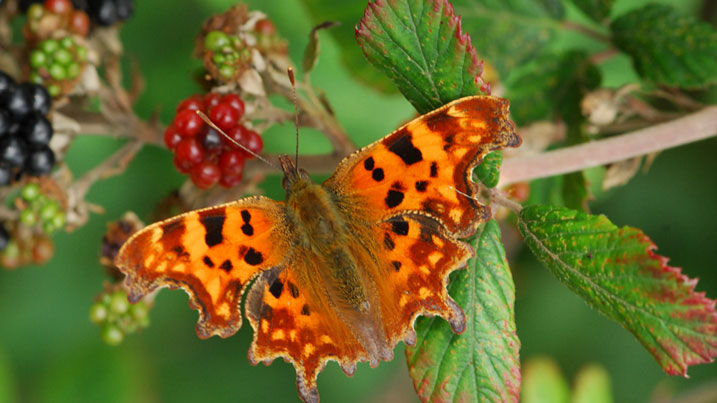
Be patient
With wildlife, you can’t control your subject. It’s always important to be patient, watch the behaviour of your subject before you start shooting, and plan ahead to minimise the chances of missing your shot. But you don't need an expensive long lens to get close to the action.
Arron says: "I’m very much into the wide angle approach now. Around the grounds many of the birds will come to you looking for grain providing a great opportunity to try this out! Get down at eye-level and use a wider depth of field to get more of the scene in focus."
David Dinsley, WWT Washington Reserve Warden, has some advice on those summer sprites - dragonflies. “Dragonflies have favoured perches. So they will patrol their territory or hunting ground and generally return to these preferred perching points to bask or rest. Thus, you can anticipate their behaviour and pre plan your potential shot.”
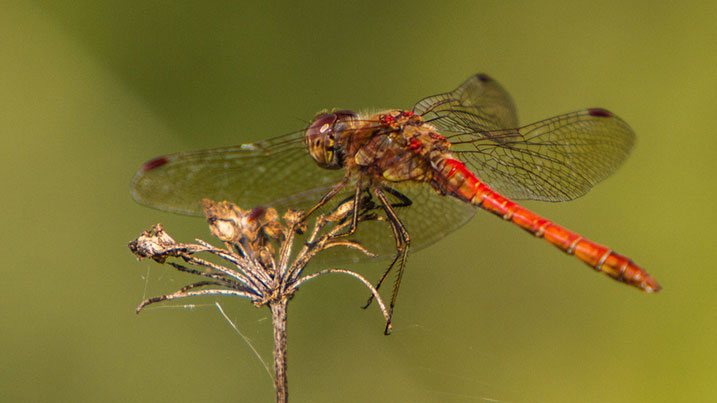
Chris Gomersall, one of our professional contributors to WWT’s print magazine Waterlife, shared his four tips for those seeking to refine their summer technique.
Lighten up
With birds in flight overhead against a bright sky, you’ll probably need to override your camera’s auto exposure setting to avoid dingy images. Use a plus value on the exposure compensation dial with darker subjects or when the bird’s underparts are in shadow. Use higher values (roughly +2.0 EV) on a cloudy day.
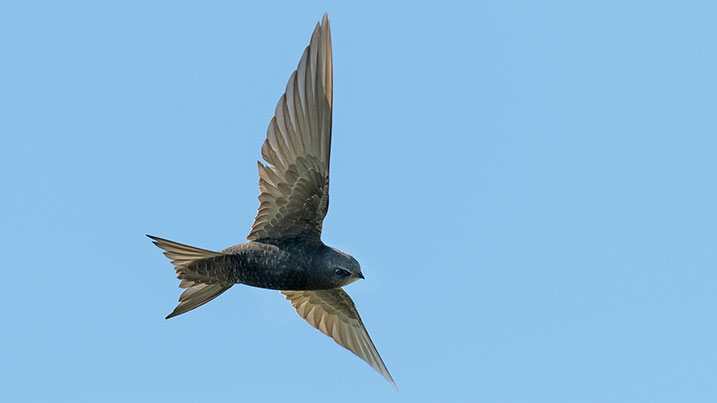
Shoot sharp
With macro subjects, such as butterflies, you’ll need to select small lens apertures to get sufficient depth of field and sharpness through the picture. This in turn will entail slower shutter speeds and risks blurring through camera shake. The solution is to use a tripod and cable release for these shots.
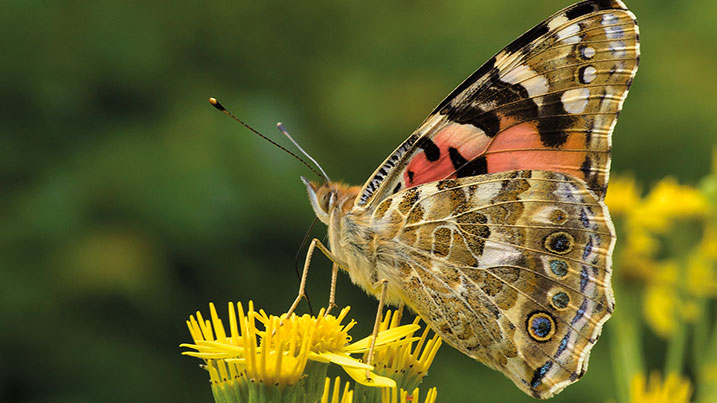
Be bold
The habituated birds at your local WWT centre offer the perfect opportunity to try getting in close and cropping in tight on your subject. Look for strong, clean lines and high-contrast situations to deliver more impact in your pictures, and exclude as much unnecessary background clutter as possible through assertive in-camera framing.
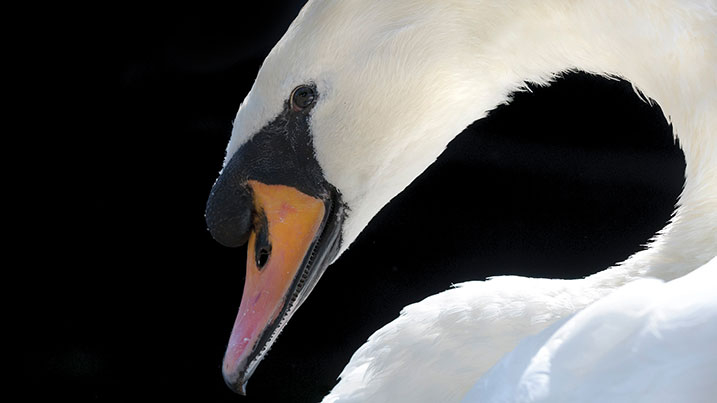
Tread carefully
Ground-nesting waders are often more approachable in the summer months when they are protecting dependent young, but it may not be obvious to you where the chicks are hiding. Take care where you tread and, if the adult bird is alarm-calling or becoming agitated, you should back away to avoid causing it stress and alerting potential predators.
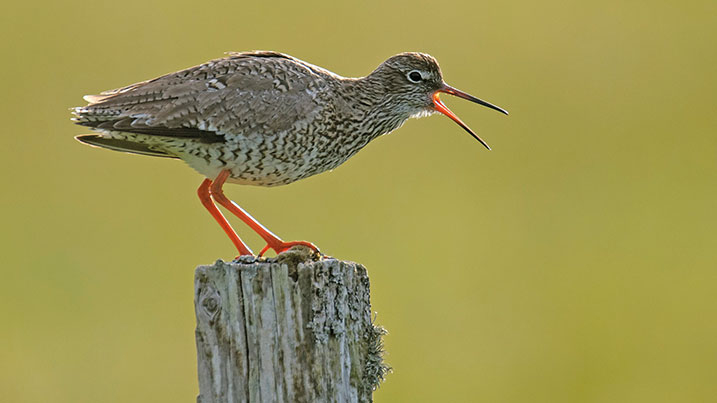
We hope these tips have given you more confidence to get out with your camera on those long summer evenings. And we love seeing your photos! Don’t forget to tag us on Instagram, Twitter or Facebook @WWTWorldwide.
Visit a wetland
Wetlands are fantastic places to practice your photography skills, full of wildlife and watery landscapes.
Find your nearest reserve